

THE ART OF STYLING
MASTERS OF STYLE



There's such a thing as African style, which is rich in color. There's also something like British style, which is more restrained and formal. There's also something like French style, which is frivolous. There's also Dutch style, which is understated and very clunky. There's also Italian style, which is the most stylish in the world, above all, flamboyant.
The master of minimalist elegance, who introduced the world to soft power dressing, is and always will be
"Giorgio Armani",
and Emporio Armani by Giorgio Armani.
Armani was the main ambassador of the Italian fashion industry. He also always gave the shine and timeless sophisticated style that the entire sector needed. Chic and comfort went hand in hand with him and made the Italian style internationally recognisable.
Like the Italians, Mister Smith dares to put a different spin or twist on the standard, and currently knows best how to do it.



From 2026, "TFM - Brands" will be available as a
creative consultant and multibrand platform. To aid in the finishing touches of your VM
and to finalize your most beautiful designs.
We will offer specific support in the field of luxury fashion, bespoke styling, high art and personal branding.
Particular attention is paid to showing and performing trendsetting and new styles within all your collections, labels and showcases during a creative
style session.



In addition to this, we focus on personal branding when it comes to the energy of styling, vitality,
a healthy lifestyle, good habits
and a smart image in general.
Personal styling can contribute to a representative or better
"look & feel" about who you are
or who you want to be.
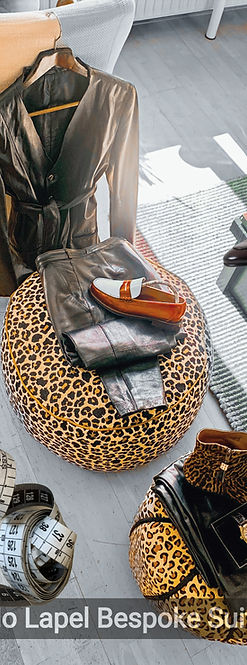


The focus is on highlighting the man at his very best,
which by definition provides a boost of self-confidence, self-esteem, calmness, self-care, a stylish way of self-expression, super strength, joy and celebrating an aesthetically pleasing life.
On request we also stylist creative artists and high-end dress code-events. We help those men involved to make their story visible in clothing and interior and to actually radiate that.
Forever stylish, forever young.
Wherever you are and wherever you go, everyone deserves
the very best, cause life is too short for a boring self-image.
HIGH-ART IS THE NEW FASHION
 |  |
|---|---|
 |  |
 |  |
 |  |
 |  |
 |  |
 |  |
 |  |
 |  |
 |  |
 |  |
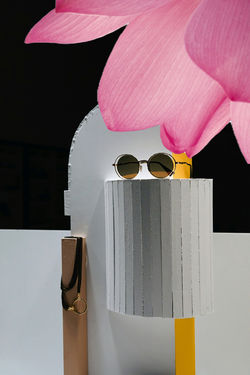 |  |
 |  |
 |  |
 |  |
 |  |
 |  |
 |  |
 |  |
 |  |
 |  |
 |  |
 |  |
 |  |
 |  |
 |  |
 |  |
 |  |
PREVIEW OF REGULAR CLASSY STYLE ITEMS
"ITALIAN SPREZZATURA"
THE ART OF MAKING ELEGANCE AND
INTELLIGENCE SO NATURAL
THAT THEY SEEM ACCIDENTIAL




AVANT-GARDE STYLING
Avant-garde was a generation of young artists who,
around 1825, experimented with new forms in painting, architecture, music, literature, poetry, film, theater,
and modern dance. By extension, the term also refers to the innovative movements themselves, such as
Avant-garde composers, Avant-garde filmmakers,
Avant-garde music, Avant-garde film, and much later, Avant-garde magazines and Avant-garde fashion.
Avant-garde as a French term literally means "vanguard" and refers to progressive, innovative groups of artists and intellectuals who break with existing norms, styles, and traditions to create new ideas and forms. These innovative movements within art and culture experiment with radical ideas and strive for groundbreaking innovations.
Avant-garde Fashion
Avant-garde Fashion moves and thinks glamorously, drawing on a broad artistic and adventurous freedom while retaining its core character and natural elegance. Sometimes inscrutable, but almost always highly impressive and creative.



It was the fashion house Chloé, consisting of
Karl Lagerfeld, Gabrielle Hanoka and a group of
multi-talented stylists, who first applied the term avant-garde to fashion between 1955 and 1970. They adopted the concept of progressive styles and dared to take enormous leaps forward, often in direct opposition to the then-current fashion trends that dominated the industry. Today, "Avant-garde Fashion" refers to creative individuals or fashion-related artworks that challenge existing norms and utilize experimental ideas.
In the 1970s, women's demand for lighter and thinner fabrics in men's suits, gave Giorgio Armani the brilliant idea of rigorously modernizing men's suits technologically. Through hard work, he turned Milan into the fashion capital of the world and at one point had a major influence in many other creative fields.
Pioneers like Gianni Versace, Rei Kawakubo,
The House of Gucci, Hubert de Givench, Martin Margiela, Saint Laurent, Viktor&Rolf, Marga Weimans,
Iris van Herpen and others followed.
These Avant-garde Fashion designers have had an undeniable influence on the fashion industry. They spark debate, prompt reflection on what fashion is and can be.
One of the world's most exceptional designers today is our Dutch Iris van Herpen. She is an artist who creates couture, and at the same time, she is a couturier who creates art. All her crafts and handiwork are made from minimal high-tech and full of imagination.
They inspire other designers to think outside the box
and explore new styles, materials, techniques, colors, technologies, and shapes.
They also influence pop culture and the entertainment world and how people express themselves through clothing and accessories.

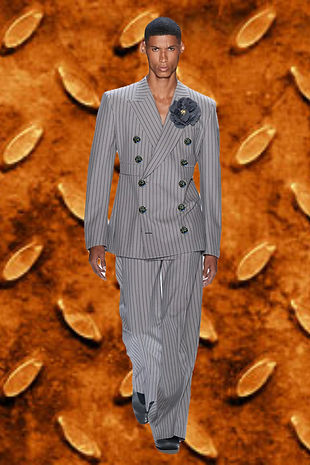

Heritage fashion meets Avant-garde Futurism
The future of Avant-garde Fashion therefore continues to look exciting. With the rapid development of new technologies and materials, and a growing awareness of sustainability and ethics in fashion, avant-garde designers such as Balmain - 'Olivier Rousteing', Valentino and Iris van Herpen will undoubtedly continue to innovate and inspire.
They will continue to challenge and shape the way we think about clothing, aesthetics, beauty, style,
and self-expression.
Avant-garde fashion designers are the dreamers and doers who show the world what else fashion can be and mean to our lives.
They are the visionaries who design not only clothes, but also art, ideas, discussions and sometimes even a new worldview. Their work is a constant reminder that fashion and style aren't just about following trends and trendsetters, but also about creating future.
Origin of the term Avant-garde
Military: The term - such as uniforms - originally originated in the military context, where it designated the leading unit of an army.
Politics and art: In the 19th century, this metaphor was adopted by political and art movements to describe innovative ideas and cultural changes.
Art: Art is therefore much more than the average person
thinks. Art is a mirror, a lifestyle, an individual expression,
and a path to walk on your own.


_edited.png)
Characteristics of the Avant-garde
Innovation: The focus is on originality, innovation, and the search for new forms of artistic expression.
Break with the past: "Avant-garde Art" often radically breaks with the prevailing ideas and traditions of the past and present.
Experiment: There is much experimentation with form and content to discover new artistic possibilities.
Theoretical foundation: The avant-garde movement is often accompanied by theoretical manifestos explaining the artists' ideas and principles.
Militancy: Avant-garde artists often promote their work aggressively, seeing it as the only "truth" for a new artistic path. This is often accompanied by style, and that's why we celebrate style every day.
Examples of Avant-garde movements
The term encompasses various historical art movements and hybrid forms, such as: Cubism, Futurism, Expressionism, Dadaism, Surrealism, Constructivism, ZERO, The Prairie School [Frank Lloyd Wright],
The Amsterdam School,
and the very special artistic group of
like-minded Dutchies; 'De Stijl'.
De Stijl's first collaborators included, besides the initiator Van Doesburg, names like Kok, Mondrian, the Hungarian Huszár and Van der Leck, the architects J.J.P. Oud and Jan Wils, and the Italian futurist Gino Severini. Later, they were joined by architect Robert van 't Hoff, the Belgian sculptor Georges Vantongerloo, and the renowned furniture designer/architect Gerrit Rietveld.
AvantGarde Magazine
We're huge fans of NL-AvantGarde magazine.
It was the very first magazine in the Netherlands to teach generations to dress better.

It also forced the public to think more consciously about style, good taste, fashion, design,
visual art, vitality, and lifestyle.
They recently relaunched their magazine after 15 long years of silence, and they clearly state that,
unfortunately, nothing has improved in the meantime.
In fact, they believe that the average citizen
has completely lost all creativity,
let alone the will to dare to stand out
or do things differently.
But people have also become terrified of daring to look critically in the mirror.
Of course, the lack of self-confidence and self-esteem
also played a role in this.
If a man wears something feminine or carries it as an accessory, he's quickly labeled gay.
As we mentioned before, the Netherlands is a country full of prejudices and insecure types who pretend to be better than they actually are.
In short: "It could all be a bit more tasteful and creative. Magazines like AvantGarde, ModMod and
TFM - Brands want more style and aesthetics back
in the street scene, at work, and on all occasions. Represent yourself fresh and healthy, always in style!
Can style, fashion, and aesthetics say anything about who we are? And how do designers shape our perception of identity, trends, style, and history? That doesn't seem to matter anymore. That's why TFM - Brands aims to create a unique style identity for every individual.
"QUOTE BY TFM - BRANDS"
WE ARE EITHER THE ARTIST
OR WE ARE THE ART
IN ART & DESIGN WE TRUST • IN SLOW FASHION & STYLE WE TRUST
 |  |
|---|---|
 |  |
 |  |
 |  |
 |  |
 |  |
 |  |
 |  |
 |  |
 |  |
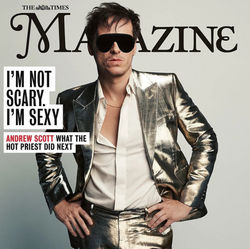 |  |
 |  |
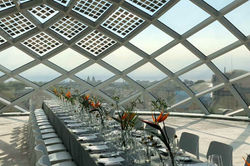 |  |
 |  |
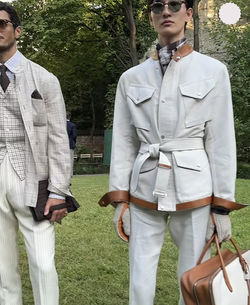 |  |
 |  |
 |  |
 |  |
 |  |
 |  |
 |  |
 |  |
 |  |
 |  |
 |  |
 |  |
 |  |
 |  |
 |  |
 |  |
 |  |
 |  |
"QUOTE BY MR. M. SMITH"
THE ART OF DRESSING
STAY SEXY
STAY SOPHISTICATED STAY EDGY
STAY CLASSY
WATCH YOUR LOOKS • WATCH YOUR STYLE APPEAL
 |  |
|---|---|
 |  |
 |  |
 |  |
 |  |
 |  |
 | 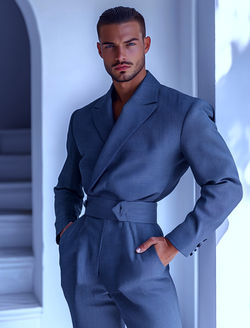 |
 |  |
 | 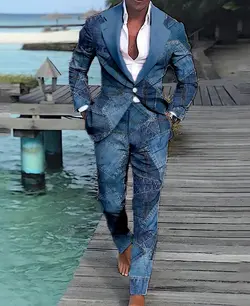 |
 | 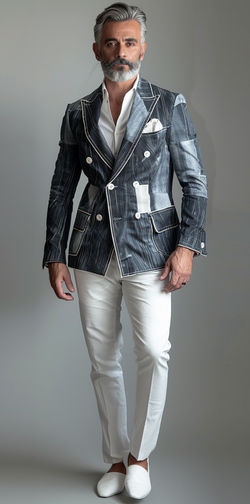 |
 |  |
 | 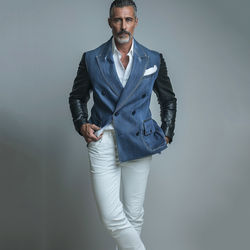 |
 |  |
 |  |
 |  |
 |  |
 |  |
 |  |
 |  |
 |  |
 | 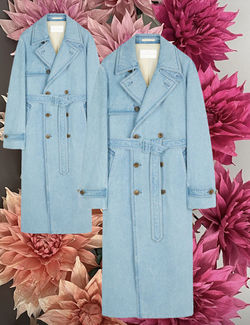 |
 |  |
 |  |
 |  |
 |  |
 |  |
 |  |
 |  |
 |  |
 |  |
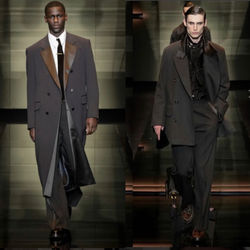 |  |
 |  |
 |  |
 |  |
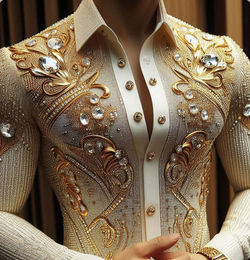 |  |
 |  |
 |  |
 |  |
 |  |
 |  |
 |  |
 |  |
 |  |
 |  |
 |  |
 |  |
 |  |
 |  |
 |  |
 |  |
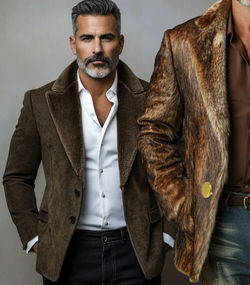 |  |
 |  |
 |  |
 |  |
 | 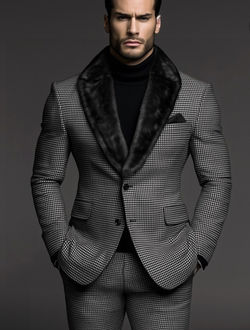 |
 |  |
 |  |
 |  |
 |  |
 |  |
 |  |
 |  |
 |  |
 |  |
 |  |
 |  |
 |  |
 |  |
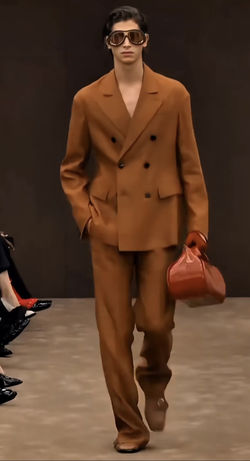 |  |
 |  |
 |  |
 |  |
 |  |
 |  |
 |  |
 |  |
 |  |
 |  |
 |  |
 |  |
 |  |
 |  |
 |  |
 |  |
 |  |
 |  |
 |  |
 |  |
 |  |
 |  |
 |  |
 |  |
 |  |
 |  |
 |  |
 |  |
 |  |
 |  |
 |  |
 |  |
 |  |
 |  |
 |  |
 |  |
 |  |
 |  |
 |  |
 |  |
 |  |
 |  |
 |  |
 |  |
 |  |
 |  |
 | 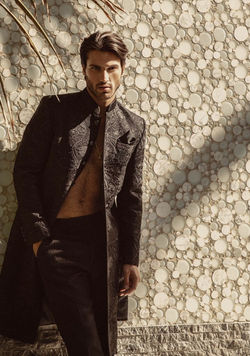 |
 |  |
 |  |
 |  |
 |  |
 |  |
 |  |
 |  |
 |  |
 |  |
 |  |
 |  |
 |  |
 |  |
 |  |
 |  |
 |  |
 |  |
 |  |
 |  |
 |  |
 |  |
 |  |
 |  |
 |  |
 |  |
 |  |
 |  |
 |  |
 |  |
 |  |
 |  |
 |  |
 |  |
 |  |
 |  |
 |  |
 |  |
 |  |
 |  |
 |  |
 |  |
 |  |
 | 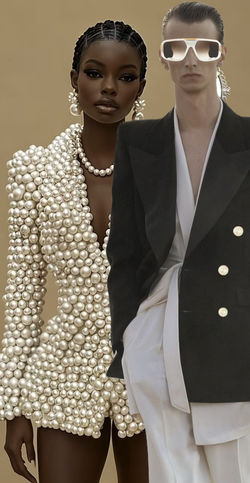 |
 |  |
 |  |
 |  |
 |  |
 |  |
 |  |
 |  |
 |  |
 |  |
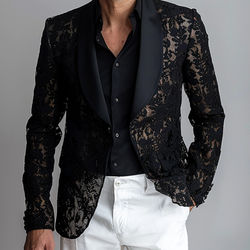 |  |
 |  |
 |  |
 |  |
 |  |
 |  |
 |  |
 |  |
 |  |
 |  |
 |  |
 |  |
 |  |
 |  |
 |  |
 |  |
 | 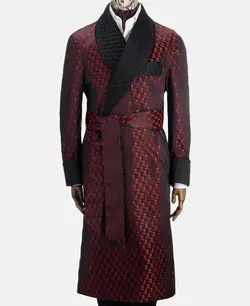 |
 |  |
 |  |
 |  |
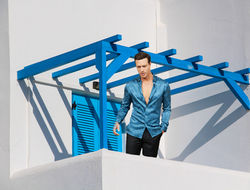 | 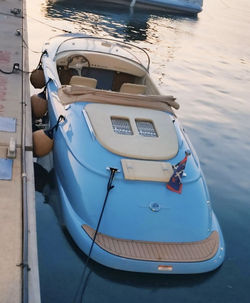 |
 | 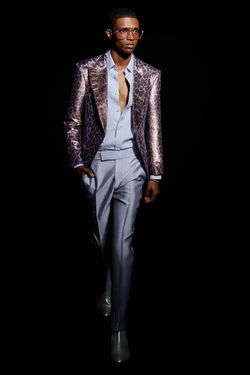 |
 |  |
 |  |
 | 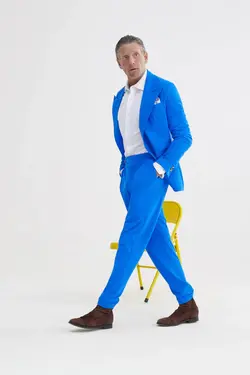 |
 |  |
 |  |
 |  |
 |  |
 |  |
 |  |
 |  |
 |  |
 |  |
 | 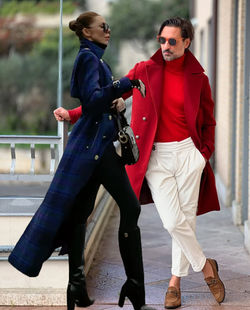 |
 |  |
 |  |
 |  |
 |  |
 |  |
"LIVING STYLE AUTHORITIES | AMS STYLE ICONS"
MASTER OF STYLE - MR. S. DAHLBERG
MAYOR OF STYLE - MR. C. WIJNANDS
PASTOR OF STYLE - MR. A. KANTELBERG
AESTHETE OF STYLE - MR. M. SMITH